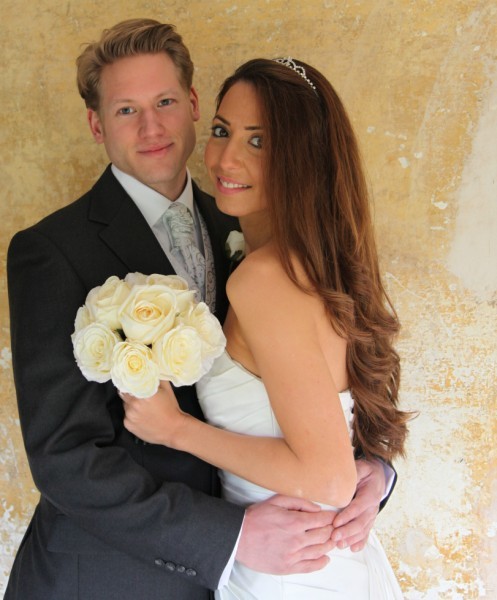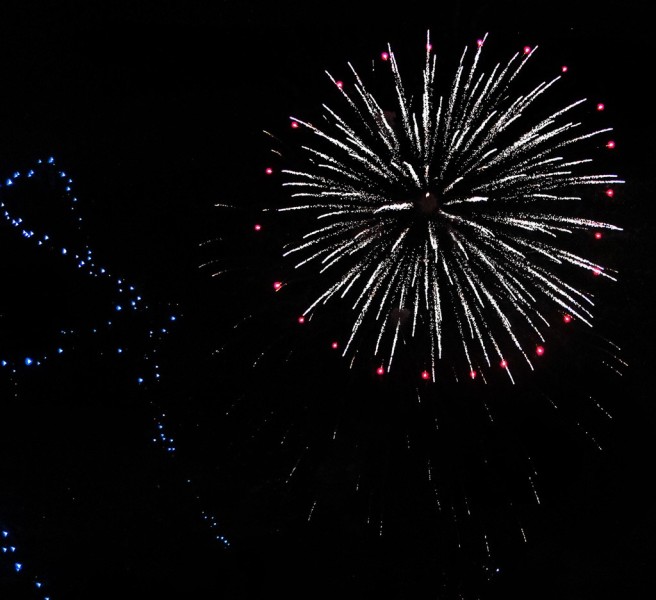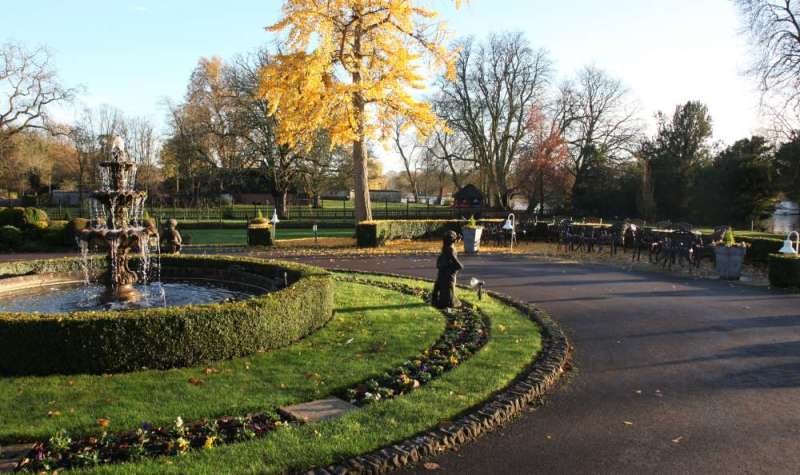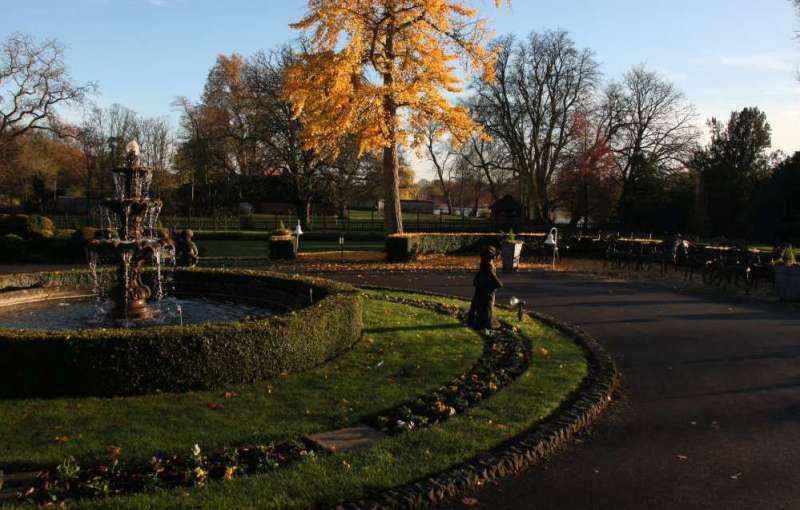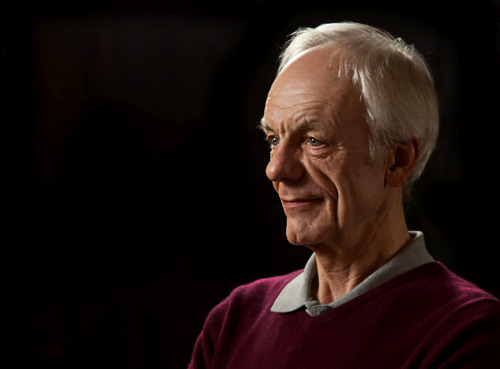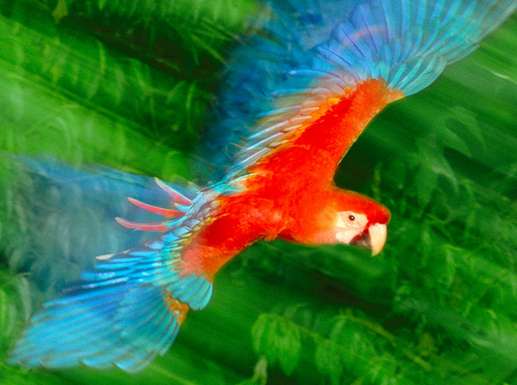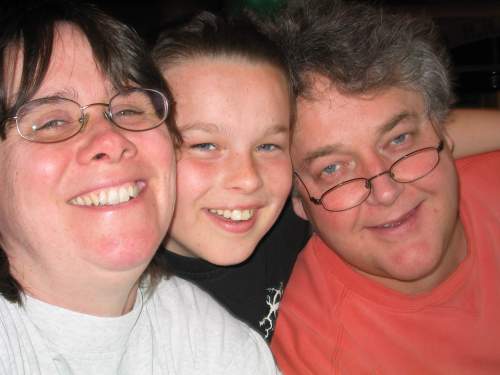Ansel Adams – a gentle soul – also the greatest landscaper of all?
He is one of my favourite photographers. He is probably one of the best known image-makers in the world. Widely known among both photogs, and the man in the street, he was probably photography’s greatest ambassador. Yet, apart from the images, many people know surprisingly little of him.
His gentle soul, made him ideally dedicated to nature photography. However, he was also a great portrait artist. His many achievements included a full portfolio of industrial photography too. As an accomplished musician he also performed great works of music. His many photographic works were backed up by a sensitive, but powerful commitment to environmental campaigning. His dedication to the American National Parks lead to a range of incredible images. It also lead to the creation of several new National Parks. One was even named in his honour. Find out more about how this gentle soul affected the National Parks… Read this article on the Parks’ service website about him ![]() .
.
As photographers we have much to learn
Adams was one of the worlds best known photographers. As such, he had much to teach us. Not only did he invent the “Zone System” but he was also a pioneer in the development of many landscape imaging techniques and ideas. What is astonishing is his tenacity. Despite his primitive equipment, his works surpass some of today’s top images. He used an original large format camera with plates. He would sometimes take several hours to make a small number of photos. The equipment was large, cumbersome and tripod-mounted. He made meticulous light readings, calculations and records of every shot. With these he was able to do precise developing according to the Zone System. The chemical processing took hours of work back in the dark room. To do all this he had a large amount of heavy duty equipment. By today’s standards it is also a miracle that he managed to get his shots. Yet, his work still provides a corpus of extraordinary work. A portfolio that still leads the world today.
There are some things we can learn from Adams.
Using a tripod and setting up his heavy equipment was a slow job. His work was almost always the result of a long process. Careful thought, consideration and assessment of the landscape formed his pre-image visualisation. Nothing Adams did was about rapidly snapping shots. And, don’t his images show it?
Lesson one is: Take things slowly. Our gentle soul teaches a great lesson about taking time. To do things properly and ensure you get the right results you need a procedure. It needs to cover all the bases. It needs to be precise. It should be done with time, care and attention.
Adams, the gentle soul of landscaping, was the consummate observer. All photographers should be observant of light. It is the basic material of our passion. Observation of aesthetics is another pillar of our trade. However, he went well beyond these ideals in his quest for precise detail. His use of the Zone system gave him accuracy. His eye for tonal quality in an image came together through the precision he adopted. The quality of his prints are legendary as a result.
There are three important things in photography: Quality, content and aesthetics. If you tie these together then you can gain an huge lead on others. Adams had all three. He made time to ensure that he did it right. He looked for the most eye-catching locations. He looked for great light and contrasts to bring out the best in his scene.
A rare video (until recently)
Many videos have been made about Ansel Adams. In all of them I have notices his considered approach to photography, his precise control of his work and his wide knowledge of art and nature. I have called him a gentle soul because that is how he comes over to me. It is certainly displayed in his work. But he is also a complex character. In this video, dating back to 1958, some of the complexities of his character come out. They complement his approach to life and the problems of photography at the time he was doing his work.
When you watch this video think of the lessons to be learned from Adams. If you are interested in landscape photography, also consider cultivating the ‘gentle soul’ approach. But be rigorous in applying it. Only the most precise work will get you the top quality images.
Ansel Adams 1958 HD Documentary
Uploaded by: O P H E L I A ![]()
Comments, additions, amendments or ideas on this article? Contact Us
or why not leave a comment at the bottom of the page…
Like this article? Don’t miss the next — sign up for tips by email.
Photokonnexion Photographic Glossary – Definitions and articles.
Definition: Zone System
Ansel Adams (National Park Service website) ![]()
Definition: Aesthetic; Aesthetics
O P H E L I A ![]()
US National Archive – more than 200 Ansel Adams photos available ![]()

Damon Guy (Netkonnexion)
See also: Editors ‘Bio’.
By Damon Guy see his profile on Google+.

